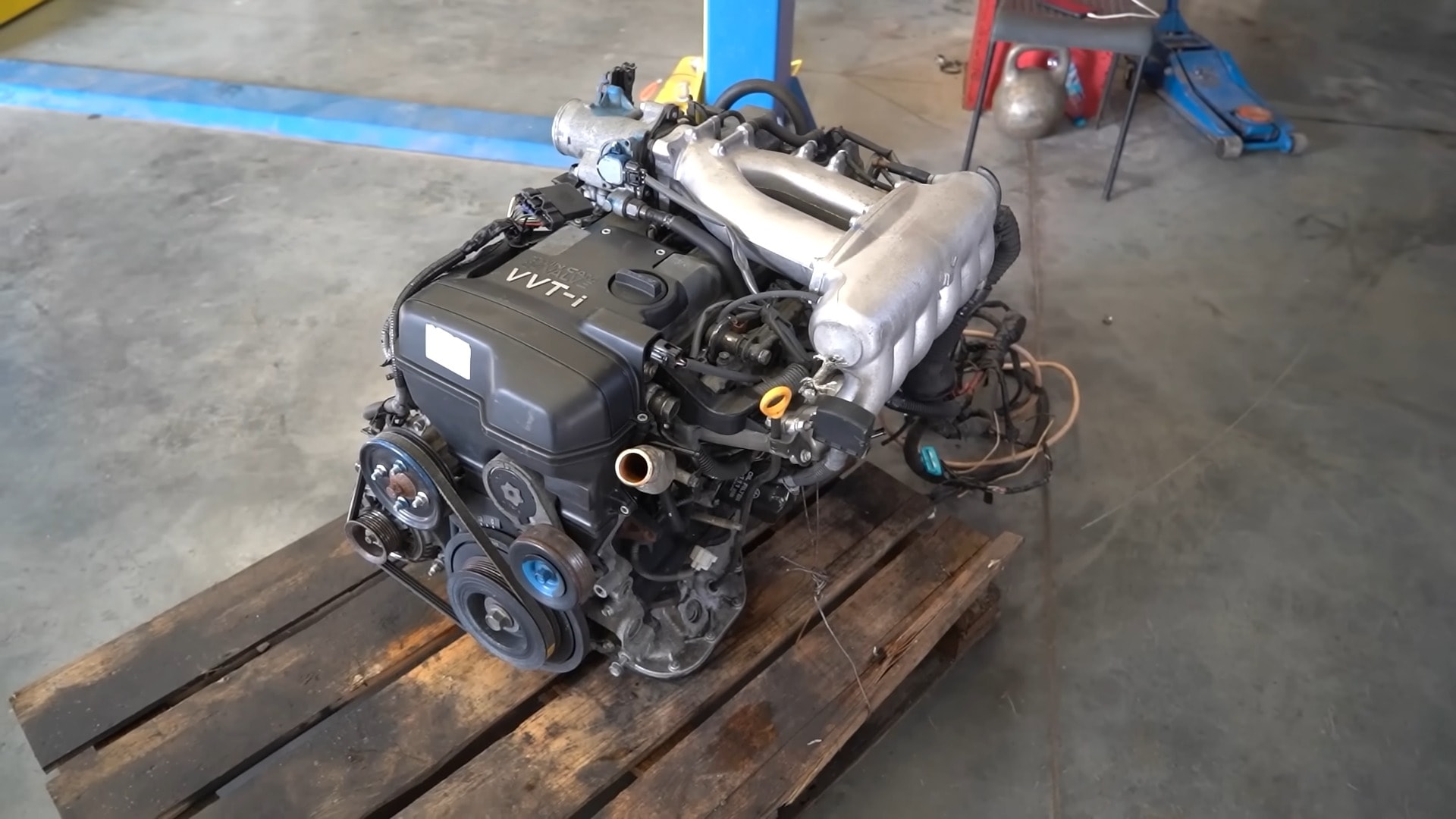The age old question of how to make a car faster without altering its original design has long intrigued enthusiasts. While the challenge seems insurmountable, a group of ingenious mechanics from the Far East has devised a creative solution.
By adding an external modification, they’ve managed to enhance the car’s performance without violating the rules. The secret lies in attaching a second engine to an additional set of wheels, creating a sort of mobile power station. This innovative approach, inspired by the concept of a trailer, effectively boosts the car’s speed and agility.

Imagine a car with two engines, each providing a unique source of power. The primary engine, located within the car’s chassis, operates as usual. However, the secondary engine, mounted on a separate set of wheels, acts as a supplementary power source. When activated, this additional engine provides a surge of energy, propelling the car forward with increased speed and force.
Essentially, the car becomes a hybrid vehicle, combining the power and efficiency of two distinct engines. This innovative approach offers several advantages. First, it allows for a significant increase in speed and acceleration without modifying the car’s original design. Second, it provides a flexible solution that can be adapted to various driving conditions.
For example, the secondary engine can be engaged during highway driving for maximum speed or disengaged during city driving for improved fuel efficiency. Third, it offers a unique and visually striking aesthetic, making the car stand out from the crowd.
While this concept may seem unconventional, it demonstrates the power of creativity and ingenuity in automotive engineering. By thinking outside the box, these mechanics have found a way to push the boundaries of car performance without compromising the integrity of the original design.
This innovative approach could pave the way for future advancements in automotive technology and inspire new ideas for enhancing vehicle performance. The team faced several hurdles in this ambitious project. They had to select a suitable engine, devise a way to transfer power to the trailer’s wheels, ensure the trailer’s structural integrity, and create a system to control the engine remotely.
After careful consideration, they opted for a Toyota 1JZ engine, a reliable and powerful choice. A custom-built driveshaft and gearbox were then connected to the engine, transferring power to a Soviet Volga rear axle. To handle the increased torque, the trailer’s frame was reinforced with square tubing and leaf springs.
The placement of the engine at the front of the trailer was crucial for maintaining stability. However, the limited weight over the tractive wheels could lead to loss of traction if the driver accelerated too aggressively. To address this, a simple electric actuator was installed to control the engine’s speed remotely.
Before conducting the main test, Garage 54 performed a baseline acceleration test with the car alone. The Lada, a popular Russian vehicle, was able to achieve a 0-60 km/h time of 6.3 seconds. With the trailer attached, the car’s performance dropped significantly, reaching 37 mph in 11.1 seconds.
The real test began when the Lada was put in neutral and the trailer’s engine was revved up. Surprisingly, the car moved forward, accelerating from 0-60 km/h in 7.3 seconds. Finally, with both engines working together, the combined power propelled the car to 60 km/h in an impressive 4.3 seconds.
Despite the success of the experiment, Garage 54’s signature style of testing remained unchanged. The trailer was field-tested on a public road, with little regard for safety precautions. This daring approach added an extra layer of excitement and risk to the already unconventional project.

One of the most intriguing aspects of Garage 54’s experiment was the sheer audacity of the idea. By equipping a trailer with a powerful engine, they challenged the conventional wisdom of automotive propulsion and opened up new possibilities for future innovation. While the project may not have practical applications, it serves as a testament to the ingenuity and creativity of the Garage 54 team.
Furthermore, the experiment highlighted the potential of hybrid propulsion systems, where a combination of internal combustion and electric motors can be used to enhance performance and efficiency. While the trailer-pushing concept may not be feasible for everyday vehicles, it offers valuable insights into the future of automotive technology.
Garage 54’s trailer pushing experiment was a bold and innovative undertaking that challenged the boundaries of automotive engineering. While the project may not have immediate practical applications, it serves as a testament to the ingenuity and creativity of the Garage 54 team. The experiment also offers valuable insights into the potential of hybrid propulsion systems and the future of automotive technology.

